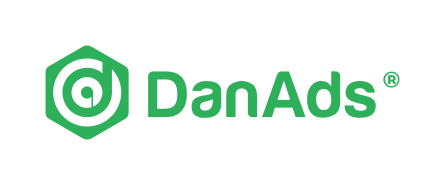Advertising is the lifeblood of media, but in the new digital reality, many publishers have lost control of their advertising sales infrastructure. The Big Tech giants now dominate the advertising market, and for publishers selling their ad inventory through programmatic models (a third-party automated bid market), an astonishing amount of value disappears in the supply chain. Publishers, both traditional and born-digital, are looking for new solutions and a better deal. Enter: self-serve advertising.
The video above was produced for the CBS News series Global Thought Leaders and features DanAds and The Washington Post.
Much like the self-serve checkout at a grocery store, self-serve advertising platforms are an automated storefront for publishers to sell their advertising inventory. This is in contrast to the two other main forms of ad sales available today: white-glove, and programmatic.
White-glove, or direct sales, is the manual ad sales process offered to high-budget advertisers – think multinational brands with million-dollar ad budgets. A single ad sale could involve multiple salespeople and take several weeks, and the entry cost is rarely below the tens of thousands of dollars.
Programmatic is the direct opposite of white glove. Entirely hands off, the publisher puts their ad inventory up for sale on an automated third-party bidding platform. Advertisers are able to purchase ad space, at low cost, from thousands of publishers at a single platform. The problem is that the programmatic value chain is notoriously complex and a huge amount of value disappears without a trace between advertiser and publisher. Additionally, it relies largely on third-party cookies – which are now being phased out as pressure mounts for user privacy.
Self-serve advertising was developed as a third-way: giving publishers the control of white-glove with the simplicity and efficiency of programmatic, and putting greater value on first-party audiences.
One early adopter of the self-serve approach is The Washington Post. Joy Robins, CRO at The Post, explains:
“My team helps brands and businesses connect with customers and audiences in meaningful ways that ultimately help produce business outcomes. They do that by leveraging the journalism and the relationship and trust that our audience have with The Washington Post. As ad tech and supply chains become more complex it creates an accessibility problem for both local brands and local journalism.”
Self-serve, says Robins, has helped The Washington Post scale their success and feed back into their tested brand.
“We’ve long had a thriving advertising business and our vision is to really bring that expertise to the industry at large, to help high-quality journalism particularly at the local level connect with brands and advertisers, ultimately helping them thrive as well.”
The Post recently launched their new self-serve ad platform, Zeus Prime, built in partnership with Swedish tech provider DanAds. The ad network is positioned as a better alternative to existing ad platforms like Google Ads and Facebook Ads, and offers access to not only The Post but also partner publications from across the nation, as a way to help struggling local news media to increase revenues.
Peo Persson is the co-founder of DanAds who, eight years ago, traveled the world demonstrating the software beta to publishers, who were unanimous that Google and Facebook were taking away a lot of their potential revenue. The pitch was to boost advertising profitability to enable greater investment in journalists and help them to make their content more attractive to readers. At a time when people were discovering for themselves the potential for online banking, shopping and travel, this model presented itself as a natural and overdue progression.
“One publisher we started working with in the beginning had nearly 2,000 advertisers but only 50 of them were profitable. By setting up an online shop selling their inventory, they went from 50 to 500 profitable advertisers.”
For Persson, one key value in self-serve is that the free press is a vital part of democracy. For journalism to survive it needs to be profitable, and not reliant on outdated advertising models. Persson say that his goal is simple:
“We will help publishers survive. We will help them grow, we will help them bring in new money.”






